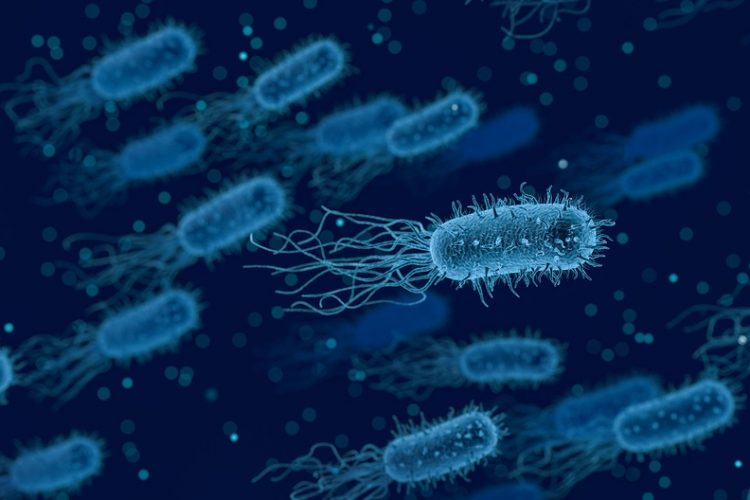In June 2012, a 35-year-old man from Sao Paulo was in a deplorable state in a hospital. He was diagnosed with skin cancer, along the way it turned out that he was also infected with a potentially fatal bacterial infection. Doctors referred the patient to a course of chemotherapy and antibiotics, and at some point the treatment did its job. However, a month later the infectious fever returned.
The culprit of the infection was the well-known MRSA, aka methicillin-resistant Staphylococcus aureus. For the first time, doctors turned to one of the “last line of defense” antibiotics, vancomycin, to fight it. The MRSA strain present in the patient did not have natural protection against vancomycin, but by August of that year it had become stable.
Investigating the changes that have occurred in bacteria, scientists have found that she received antibiotic resistance not just through a single mutation, but immediately acquired a huge chunk of new DNA. The donor genetic code chain contained instructions for proteins that could protect MRSA from the damaging effects of vancomycin.
But where did the donor of this DNA come from?
Inside us lives a bacterium called Enterococcus faecalis. This enterococcus is known as a commensal (“good”) bacterium, which is peacefully present in our intestines without harming anyone. More specifically, the enterococcus feces still has an ominous side, but trillions of neighbors do not allow it to appear.
The situation may radically change after antibiotic therapy. It is known that antibacterial drugs often destroy beneficial intestinal inhabitants. But not all, but only those who could not defend themselves. But enterococcus feces is equipped with a whole arsenal of mechanisms of natural resistance, which often allows it to survive and survive its less stable neighbors.
Surviving Enterococcus faecalis without wasting time occupying the vacant living space, and somewhere in the dark corridors they encounter new, potentially pathogenic neighbors, which, in fact, were sent antibiotics.
When bacteria come together, they can exchange information using DNA-encoded instructions. This is called horizontal gene transfer when copies of DNA move from one cell to another.
E. faecalis and her new superbacteria friends have everything they need for a mutually beneficial exchange, which allows them to survive antibiotic bombardment. But enterococcus feces has moved even further in its evolutionary path, becoming one of the main sources of drug resistance.
One of the protective mechanisms used by bacteria to protect against an undesirable genetic code is the CRISPR-cas9 system, which is widely known in the framework of genome editing technology. This system has emerged as a tool that allows bacteria to cut viral DNA and other potentially dangerous genetic code into pieces before they harm them.
E. faecalis also once contained an important CRISPR-cas9 system, but, surprisingly, it sacrificed a defense mechanism so that any DNA could penetrate and remain in the walls of its cell. It was a risky strategy, which ultimately proved to be advantageous, since it opened the way for the feces to acquire and then transfer pieces of genetic information.
Due to the “win-and-exchange” scheme, feces provided the Staphylococcus aureus of the Brazilian patient with resistance to vancomycin.
However, the problem is not only in the collusion of bacteria. Unfortunately, the feces have hidden an ace in their sleeves. If you remove any whole piece of DNA from this bacterium, it turns out that other parts of the DNA are able to come in for replacement – thus, antibiotic resistance is ensured in any case.
Scientists do not yet fully understand which DNA fragments have genetic backup plans and which do not. A piece of DNA without any backups would be an ideal target for drugs that counteract this tricky bacterium.
Currently, specialists are trying to identify vital elements of feces in the laboratory, gradually removing DNA segments. Each removal of a piece of DNA brings researchers closer to identifying key parts of the genetic code necessary for the survival of E. faecalis, and to controlling the microbe.





